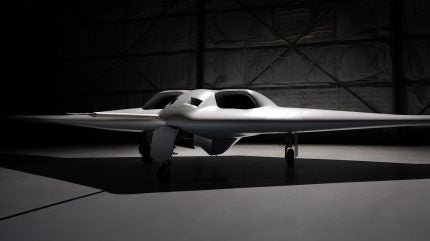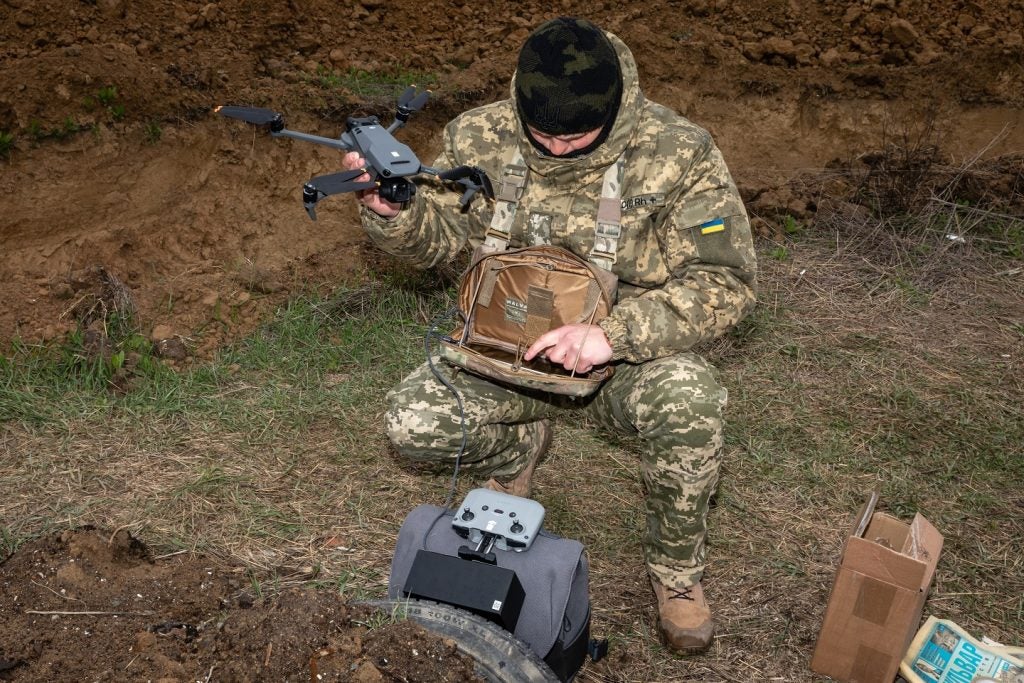
Northrop Grumman Corporation has revealed the XRQ-73 SHEPARD, a hybrid-electric uncrewed aircraft system (UAS) developed for DARPA.
The XRQ-73 marks a step towards more sustainable aviation technologies in defence applications.
Northrop Grumman’s announcement of the XRQ-73 SHEPARD, built under DARPA’s Series Hybrid Electric Propulsion Aircraft Demonstration (SHEPARD) programme, represents a US military UAS design. With the hybrid-electric architecture at its core, the XRQ-73 aims to deliver enhanced endurance and operational flexibility for the Department of Defense.
With 20% of the North American military UAV market, Northrop Grumman is projected to be the second largest shareholder in the region, according to GlobalData’s intelligence on the global military UAV market.
Hybrid electric propulsion
In a collaborative effort with Scaled Composites, a subsidiary of Northrop Grumman, the XRQ-73 has officially joined DARPA’s X-plane roster. This development emphasises a pivot towards leveraging hybrid-electric technology to meet future defence needs.
“The idea behind a DARPA X-prime program is to take emerging technologies and burn down system-level integration risks to quickly mature a new missionised long endurance aircraft design that can be fielded quickly,” said Steve Komadina, SHEPARD program manager. “The SHEPARD program is maturing a specific propulsion architecture and power class as an exemplar of potential benefits for the Department of Defense.”
GlobalData’s “US Defense Market 2023-2028” report highlights that the Defense Advanced Research Projects Agency (DARPA) is renowned for being at the forefront of innovation in defence. It offers opportunities for collaboration through DARPA-funded R&D projects and is open to engaging with industry to progress research.
DARPA also selected AeroVironment to develop and offer its Wildcat design under the X-Plane programme’s Advanced Aircraft Infrastructure-Less Launch and Recovery (ANCILLARY) initiative.
Collaborations
The SHEPARD programme builds upon the technological advancements of the earlier AFRL/IARPA Great Horned Owl (GHO) project. It brings together the Air Force Research Laboratory (AFRL), the Office of Naval Research (ONR), and industry players, including Cornerstone Research Group, Inc., Brayton Energy, LLC, PC Krause and Associates, and EaglePicher Technologies, LLC.
Northrop Grumman’s Aeronautics Systems sector, based in Redondo Beach, CA, is leading the development as the prime contractor. The resulting XRQ-73, a Group 3 UAS weighing approximately 1,250 pounds, is predicted for its maiden flight by the end of 2024.
Implications for defence
The unveiling of the XRQ-73 SHEPARD comes as the Department of Defense is increasingly focused on sustainability and efficiency. The hybrid-electric propulsion system is expected to provide a tactical advantage, combining range with reduced logistical burdens.
The hybrid-electric approach hopes to enhance performance and aligns with broader goals of reducing the environmental impact of military operations. This positions the XRQ-73 as a forward-thinking solution in the landscape of defence technology.
Looking forward
As the XRQ-73 prepares for its first flight, the success of the SHEPARD programme could pave the way for broader adoption of hybrid-electric technologies in various defence applications.
With its design and importance, the XRQ-73 SHEPARD stands as a commitment from Northrop Grumman and DARPA to advancing the capabilities of the US defence sector.








